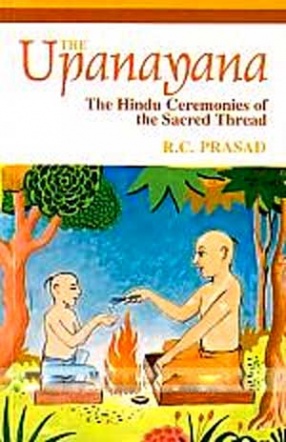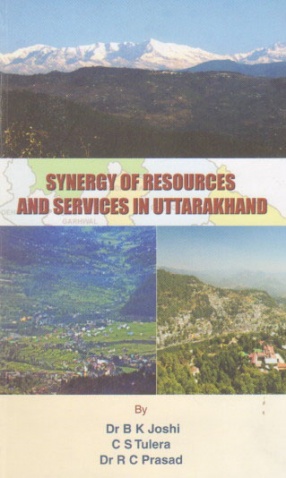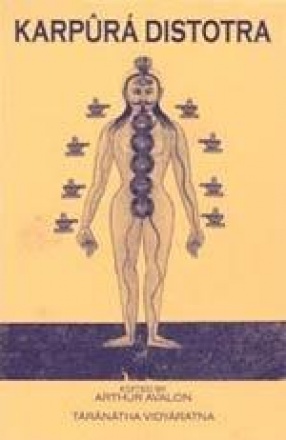The importance of the upanayana in the life of an orthodox Hindu is recognized by all institutions of the Hindu Law. Upanayana is one of the sixteen samskaras or purificatory rites in which a boy is invested with the sacred thread and thus endowed with second or spiritual birth and qualified to learn the Veda by heart. It is widely held that a brahmana is initiated in the eighth year. The ceremony as it is performed today is only the shadowy outline of the original sacrament, its veneer devoid of its real spirit. Originally, when the student went to his acarya, the first thing the latter did was to perform the boy's samskara, which means purifying, rubbing, cleansing or removing impurities and blemishes before inculcating noble qualities. What is popularly designated as yajnopavita or janeu today was in the past also called vratabandha, a name given to the ceremony. From the day the initiation ceremony took place, the young celibate committed himself to a life of austerity and abstinence; he chose to lead a life rigorously disciplined by vows and disciplinary rules. As the mantras of upanayana are in Sanskrit, very few people are able to chant them with complete understanding of their inherent meaning and importance. Their bewilderment is understandably genuine in the face of the difficulties involved in following the instructions given by the institutions. It is to meet their demand for a simple text with explanatory instructions that this book has been written.
The Upanayana: The Hindu Ceremonies of the Scred Thread
In stock
Free & Quick Delivery Worldwide
reviews
Bibliographic information
Title
The Upanayana: The Hindu Ceremonies of the Scred Thread
Author
Edition
Reprint
Publisher
ISBN
8120812409, 9788120812406
Length
xi+191p., Appendices; Glossary; Index; 22cm.
Subjects







There are no reviews yet.